On 6 November 2018, the Cabinet of Science Policy launched a competition to determine the name of the new Belgian research vessel. After a first phase, in which schools could suggest names, and a second phase, in which everyone could choose from six remaining proposals, the Minister for Science Policy announced the final winner on 25 April 2019. The public chose convincingly to honour the history of Belgian marine sciences and research ships, and to send the new ship out to sea under the name Belgica II!
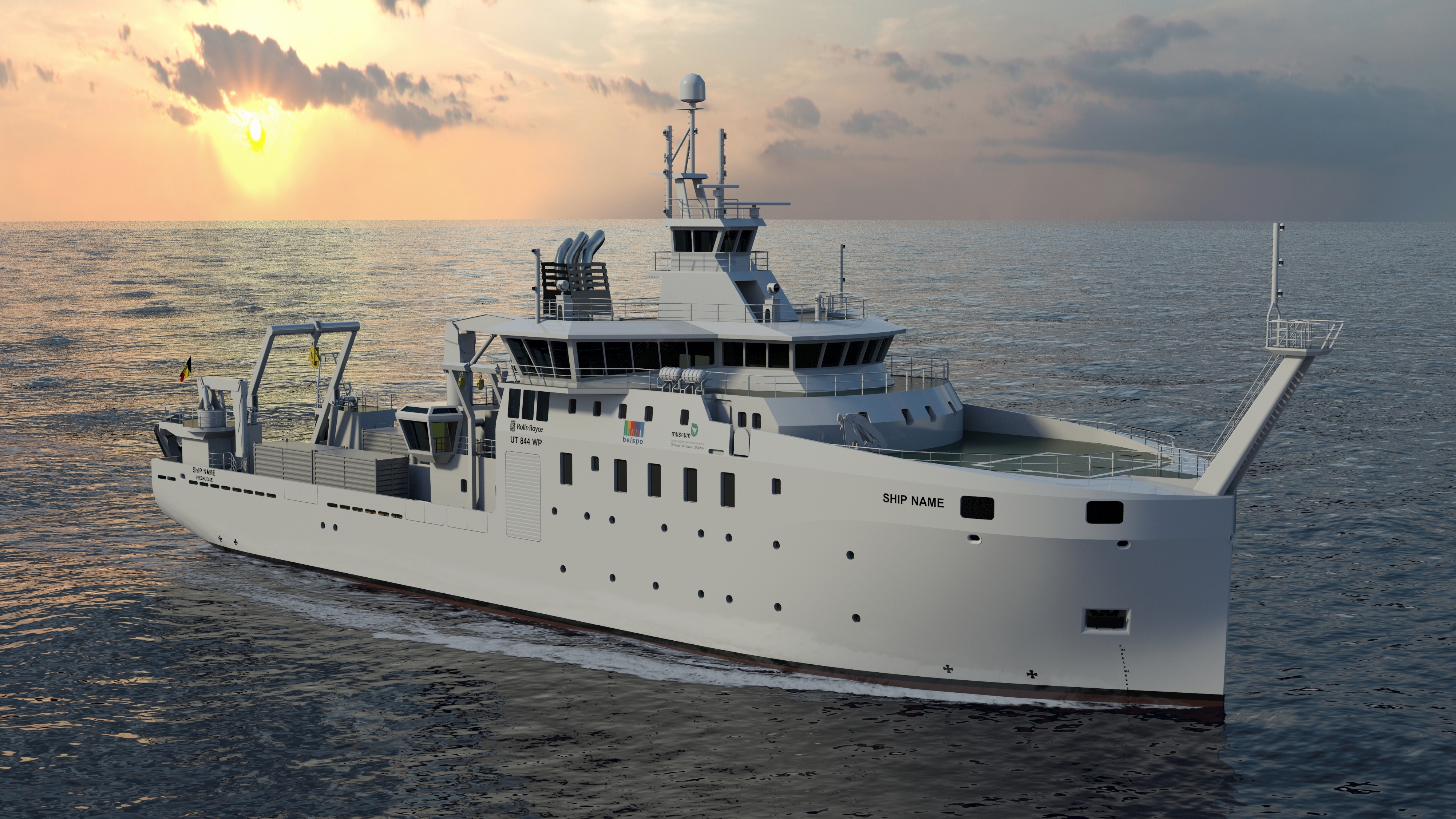
Minister Sophie Wilmès: “Although the name Belgica II may be less original than some other contenders in this competition, it represents an unparalleled symbolism. The new ship will continue to bear the Belgian colours, while at the same time reminding us that our country is capable of carrying out major projects, as was the case with the ship that sailed the seas under command of Adrien de Gerlache in the nineteenth century. As the scientific objectives have changed somewhat in the current context, there is no doubt that Belgica II will make an important contribution to the scientific world. Today’s major issues, such as the fight against global warming or the protection of the environment, require the contribution of science. I am very happy that this new ship will enable Belgium to participate in this research.”
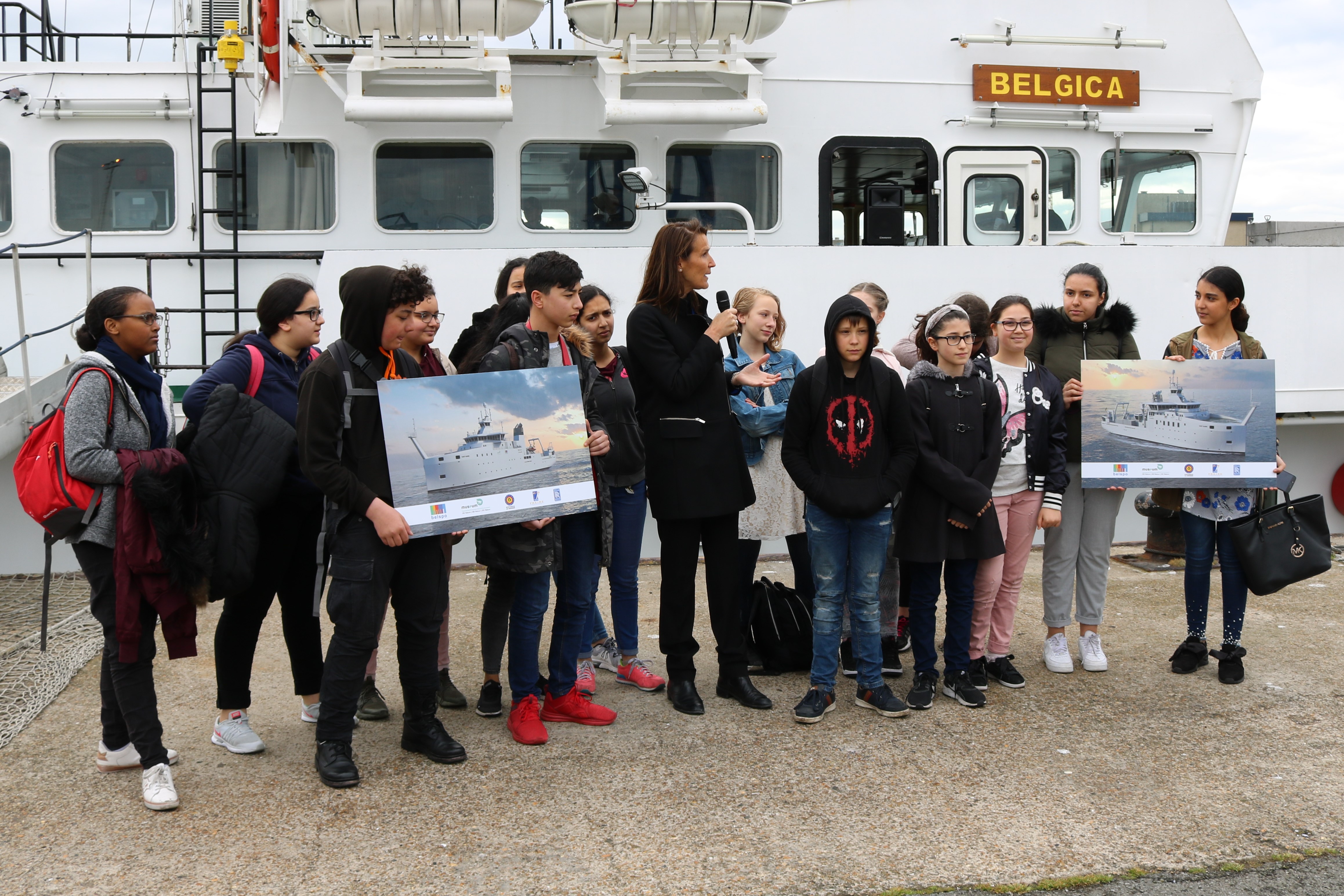
Background
After 35 years of service, more than 1,000 scientific expeditions and more than 900,000 kilometres (>22.5 times around the world), the Belgian oceanographic research vessel RV Belgica (built in 1984; ‘RV’ stands for Research Vessel) is due for replacement. That is why the federal government took the decision on 28 October 2016 to build a new modern research vessel. The contract was won by Spanish shipbuilder Freire Shipyard and ship designer Rolls-Royce Marine AS, and started on 8 June 2018 (the cost price is approximately 54 million euros, including VAT). Since then, the detailed plans of the ship have been drawn and scale models have been tested. On 27 March 2019, the keel was laid, the equivalent of the foundation stone of a building. A memorable fact! The new research vessel will be operational by the end of 2020, and will be able to further support the marine research community for the next 30 years.
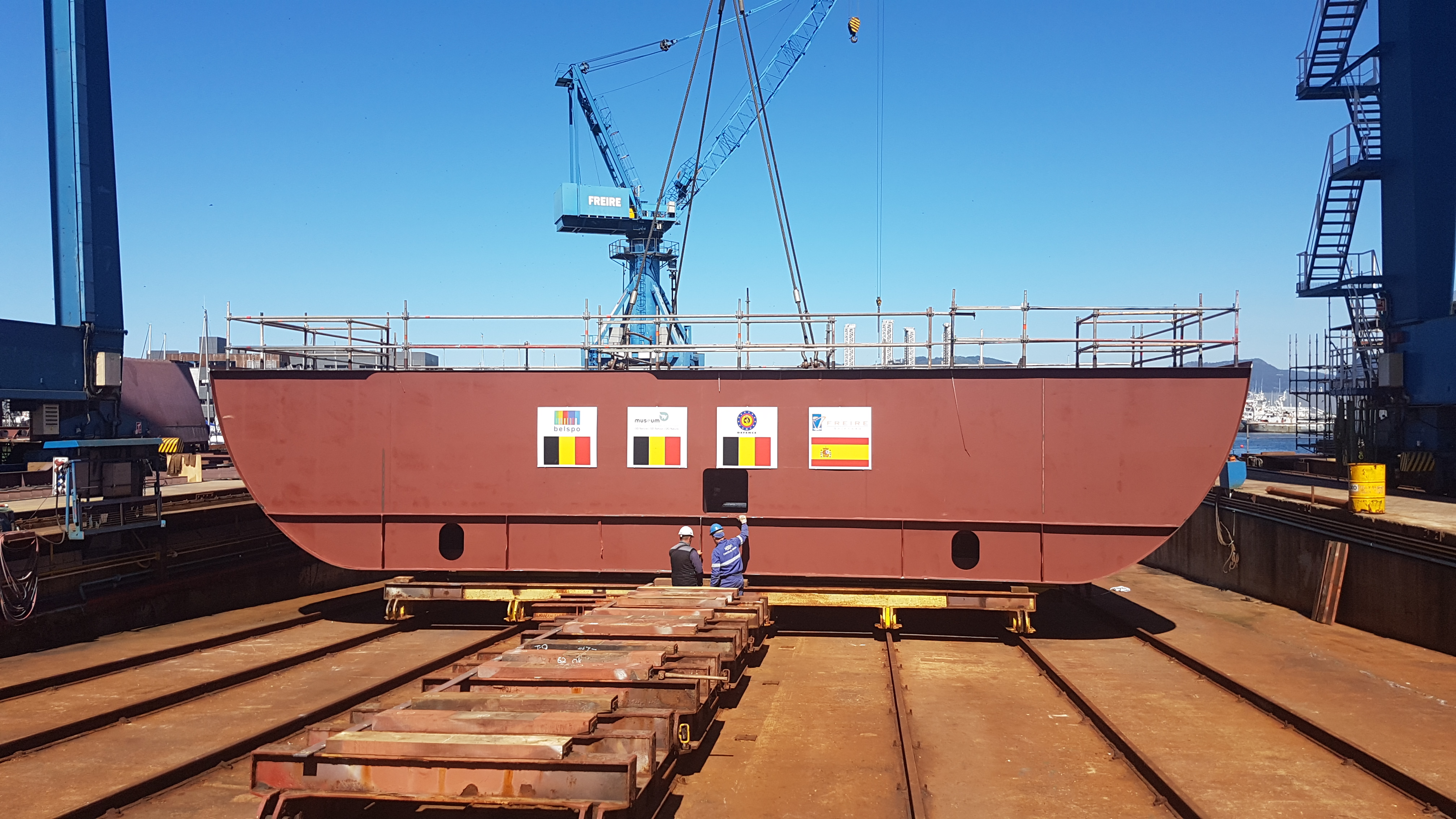
Naming competition
A new ship obviously requires a name. To this end, the Cabinet of Science Policy launched a competition procedure on 6 November 2018. In a first phase – which ran until 31 January 2019 – classes from the first to the fourth year of secondary education of accredited Belgian schools were invited to submit proposals, with valid proposals having to consist of a suitable name and an original video in which the choice of name is enthusiastically explained. The figures show that in Belgium too few students opt for a scientific education. By involving them, we hope to generate more interest and to contribute to a greater scientific awareness.
After an initial selection by the project partners, the second phase of the naming competition began, in which the general public was called upon to participate. From 27 February to 27 March 2019, everyone could choose from the six remaining names via an online module and thus help determine the name under which the new ship will sail our seas and oceans. A convincing winner emerged: the Belgica II proposal received 33.2% of the votes! The successors are Stella Maris (20.1%), Impact (18.6%), Oddysea (18.1%), Belsora (5.2%) and Lab Mare (4.8%).
The name Belgica II was presented on 25 April 2019 on board the current RV Belgica by Sophie Wilmès, the Minister responsible for Science Policy, in the presence of the students of the winning class 1LA of the Athénée Maurice Destenay from Liège. The students of this class can rightly call themselves ambassadors of the new research vessel, and could test the sea legs on a day trip with the current research vessel RV Belgica. In the video, they report under the form of a news broadcast about their choice of the name Belgica II, in which they clearly draw the Belgian card, and refer, among other things, to De Gerlache’s South Pole expedition, which took place in 1897-1899 and was the first one to spend the winter in Antarctica.
A selection jury also decided which film could convince the most in terms of originality. The class that realised this production – class 4B of the Institut de la Providence de Champion from Namur – also receives a day trip with RV Belgica at the end of May. Their video was inspired by the Belgian comic strip heroes Tintin and Professor Calculus.
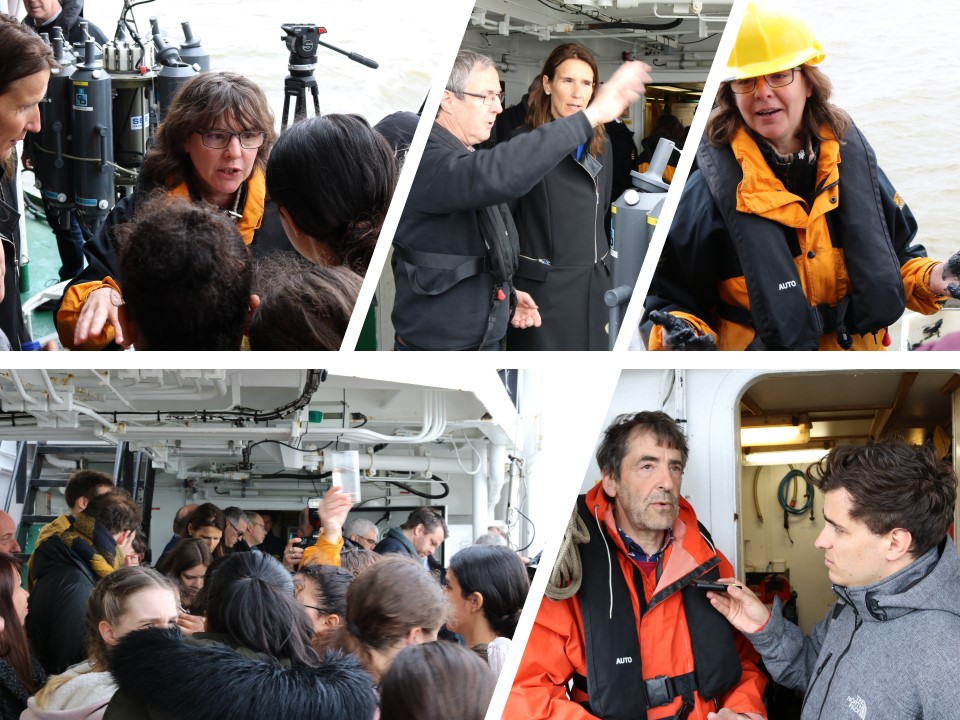
Future of the new Belgica
Compared to its predecessor, the new RV Belgica will be larger (about 70 m long compared to 50 m) and offer more space to the scientists (doubling of laboratory space with a capacity to take up to 28 scientists on board). It will be equipped with the most modern scientific equipment that allows samples to be taken up to 5,000 m deep. The new ship will also be a silent ship (important for fisheries research) with a slight ice reinforcement to be able to do research near the Arctic Circle during the summer. Although the North Sea remains the main focus area of the new vessel, the research area extends further than the current RV Belgica: northwards to above the Arctic Circle, further southwards including the Mediterranean Sea and Black Sea and westwards to the Atlantic Ocean. The ship will have an autonomy of 30 days and will carry out research at sea for up to 300 days a year.
The new Belgica will ensure compliance with national and international obligations and continuity in support of marine sciences. The international dimension of science will also receive the necessary attention, not only for Belgian scientists but also for their European colleagues. Just like the current RV Belgica was already part of the European EUROFLEETS network in this context (in which European scientists can obtain shipping time on foreign research vessels), the new RV Belgica will also remain active within this network. Under the umbrella of the European Marine Board, Belgium is also participating in a study on the status of the European fleet of research vessels, and is determining the key role that these vessels will play now and in the future in the pursuit of a better understanding of the oceans, the ecosystem functions that they provide us with, and the preconditions within which human activities can be permitted. A European Marine Board Position Paper on this subject will be published in the autumn of 2019. Thanks to the new RV Belgica and the European framework, Belgium remains at the forefront of sea-related science and technology and helps to ensure that Europe can remain a world leader in marine science and exploration.
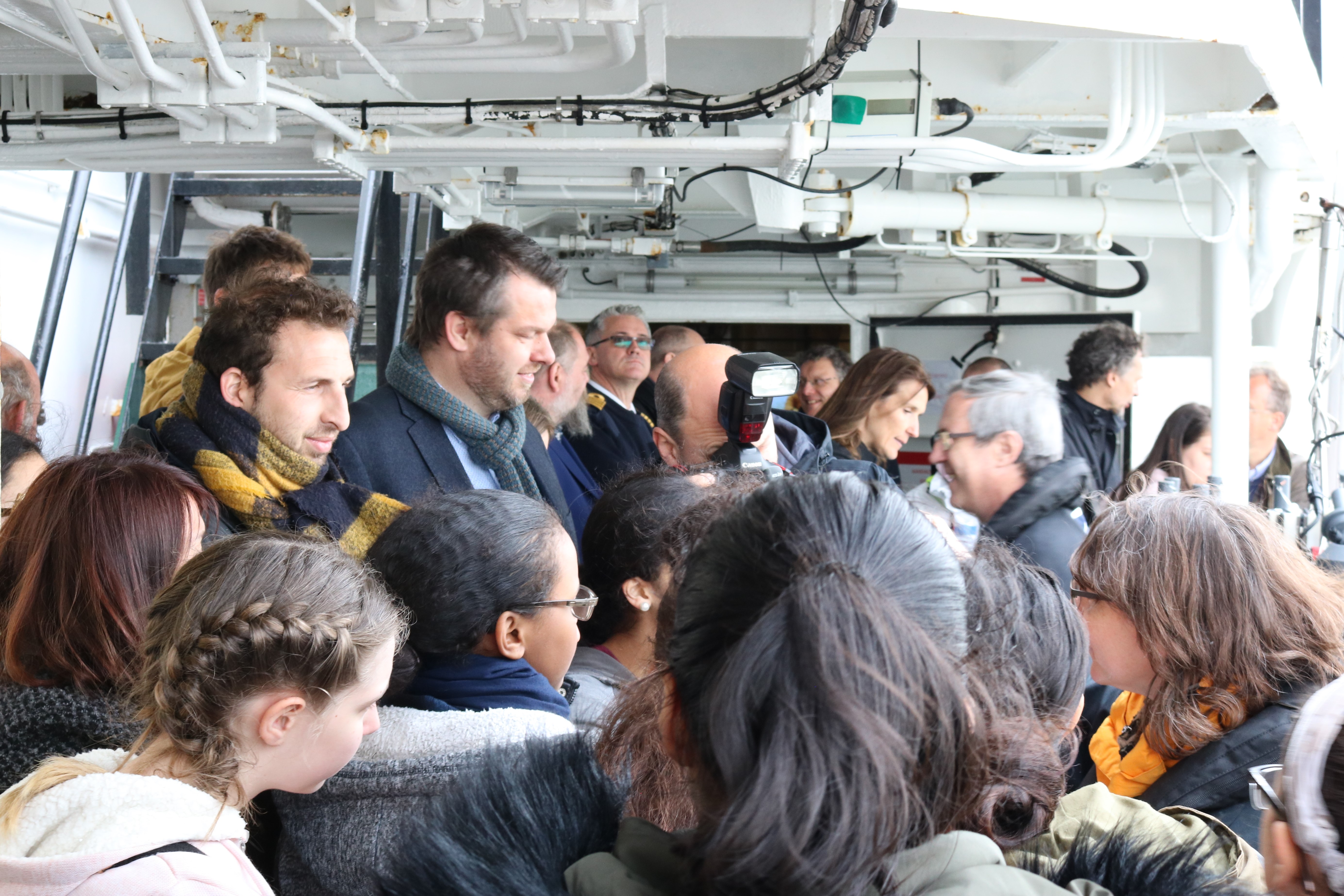
The ‘NewRV’ project could only be realsied thanks to the collaboration between the Royal Belgian Institute of Natural Sciences (RBINS), the Ministry of Defence and the Federal Science Policy (BELSPO). The new Belgica will be owned by the Belgian State, represented by the Federal Science Policy (BELSPO). Operational management will be provided by the Royal Belgian Institute of Natural Sciences (RBINS) in collaboration with the Ministry of Defence.
More information about the ‘NewRV’ project and the technical specifications of the new ship can be consulted at www.belspo.be/NewRV, where the construction process can also be followed.
